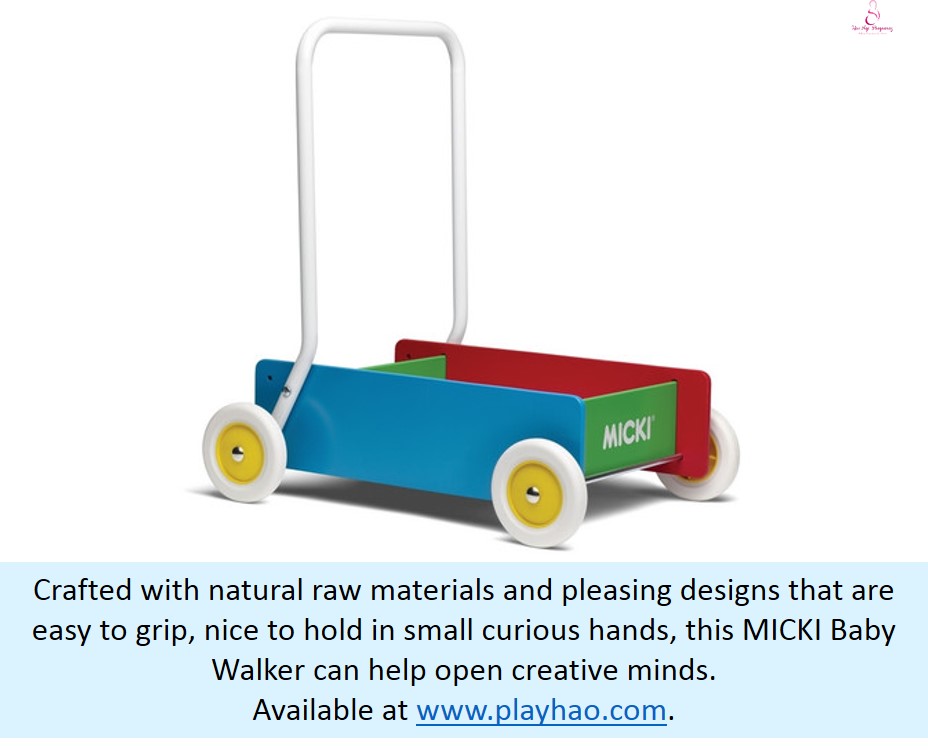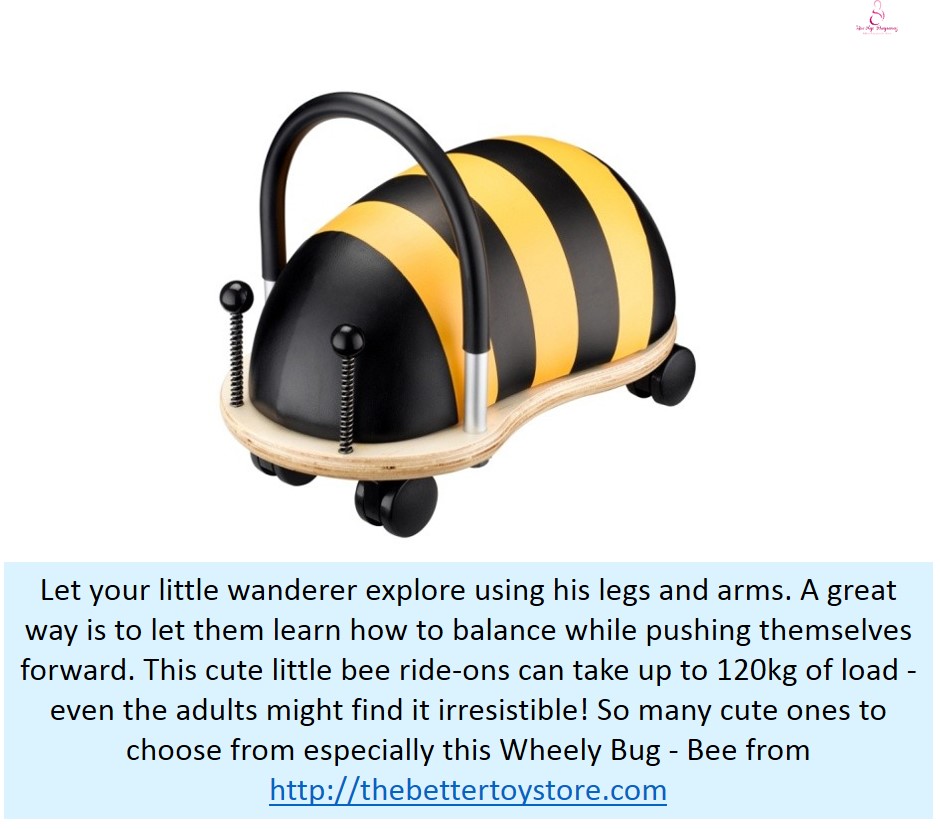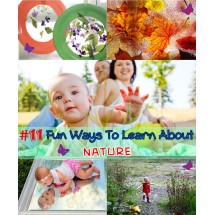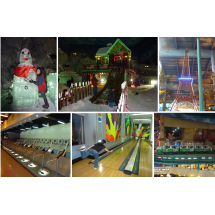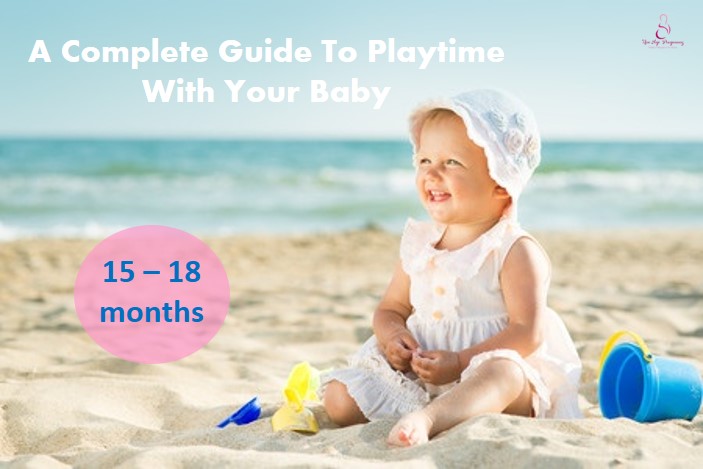
Your little charmer has been throwing surprises lately, and the next few months she will show you what has been stored in her little memory bank thus far. We did warn you about watching your actions and speech, yes?
Your little baby is likely able to walk with a little support by now but you still have to watch out for her lest she hurts herself with the furniture. Some toys can further enhance her movement and reinforcing her arm as well as leg muscles for physical development.
Playtime activities: When she is learning to walk, pushing toys was a natural progression in response to the body’s inertia. With independent walking, she now has better control of her body movements and coordination, and is probably pulling her toys instead. Sit and ride toys also offer a new perspective for your little one – stationary rocking or using her legs to move the ride – that’s just some new sensory skills she has discovered!
After they cross the one year mark, your little one is not so little anymore and is often referred to as a toddler. She may start to exert independence in some everyday activities such as eating, understanding simple commands and being able to push and pull things around on her own.
Playtime Activities: If she is able to follow instructions, this can be a fun time to teach her some “right” ways of doing things. Your little helper will be eager to do things for you. A simple action such as “Please help mummy to throw this paper in the bin, thank you.” can make your little one happy and the idea of doing something “adult” for mummy is a big deal for her. This is a great time to instill good habits of putting things where they are which is similar as keeping toys in the storage box after play. Turn these tasks into fun experiences through positive reinforcements and appropriate language skills with manners in check.
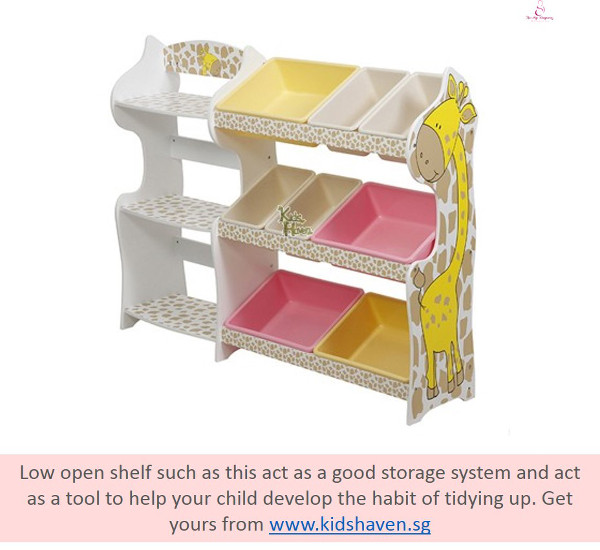
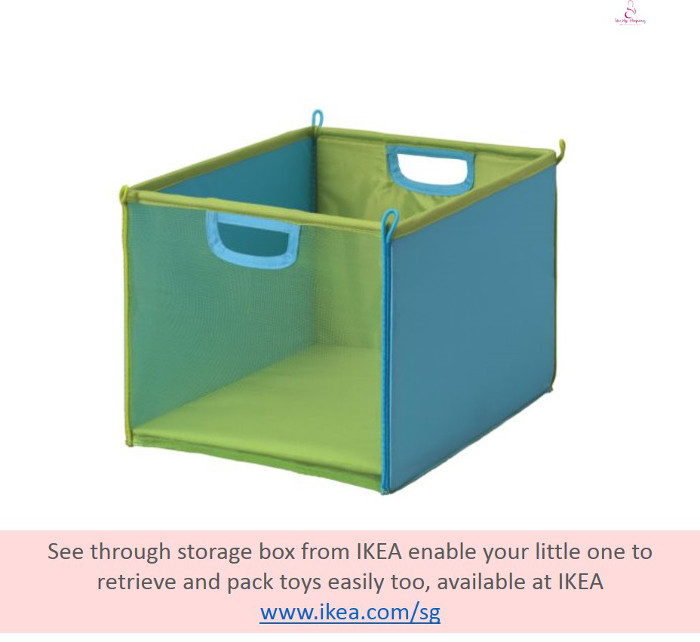 Imitation is the best form of flattery, they say. Your little observer is probably starting to mimic you by repeating after your words or shadowing your actions. Rather than getting annoyed (some kids may keep doing it), how about taking it in a different swing?
Imitation is the best form of flattery, they say. Your little observer is probably starting to mimic you by repeating after your words or shadowing your actions. Rather than getting annoyed (some kids may keep doing it), how about taking it in a different swing?
Playtime activities: Use flashcards or show images of animals to get your little one to imitate the sound of different creatures. Ask questions like: “What sound does the cow make?” or “How do dogs bark?” Create an interactive environment that provides opportunities for them to use their vocal abilities and this could very well lead to linguistic progression by asking follow-up questions such as “What do cows eat? Or “How many legs do dogs have?” This contributes to stages of their cognitive development for memory, reasoning, problem-solving and thinking which continue to emerge throughout childhood. She may or may not be able to answer you (or gesture by pointing or verbalizing it) at this point, but before long, your toddler will be doing the asking instead!
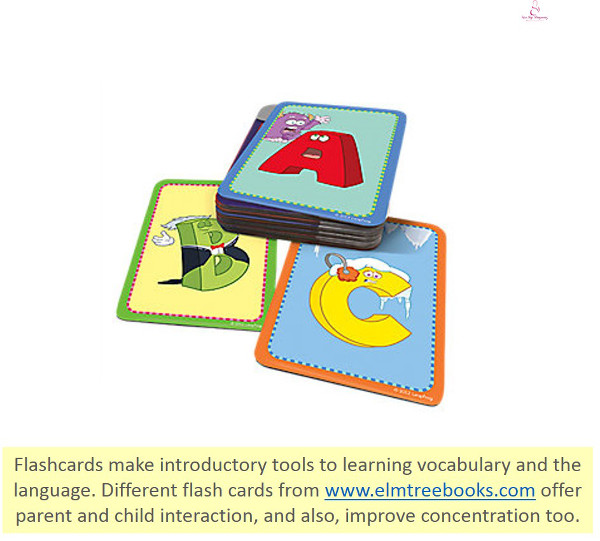
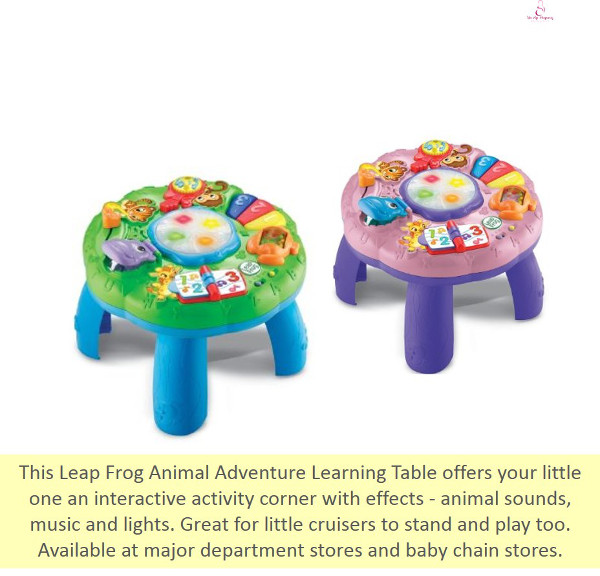 With exposure to the world, your baby learns and absorbs what they experienced through their 5 senses. Introduction of crayons, markers or pens allow them to express themselves with markings. For a start, those scribbling are not going to make sense to you, but to them, they are experimenting with new ways of making meaning. Hence, don’t need to start fretting if that “cat” she’s drawing looks far from one.
With exposure to the world, your baby learns and absorbs what they experienced through their 5 senses. Introduction of crayons, markers or pens allow them to express themselves with markings. For a start, those scribbling are not going to make sense to you, but to them, they are experimenting with new ways of making meaning. Hence, don’t need to start fretting if that “cat” she’s drawing looks far from one.
Playtime activities: Holding on to the markers and poking through paper gives them a sense of control while learning about pressure, and cause-and-effect. Provide proper materials so they have right spaces to doodle (and hopefully keep off walls, furniture, and clothes and just about everything else!) and encourage their efforts although they seem far from anything. All those colourful handiwork help develop hand-eye coordination and improves muscular strength and dexterity. Allow your child to draw freely helps nurture independent thinking and boost their creativity. These skills work their way to encourage early literacy too.
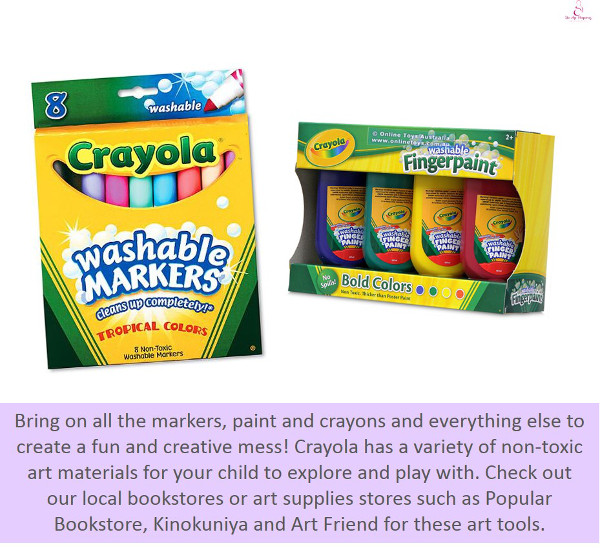
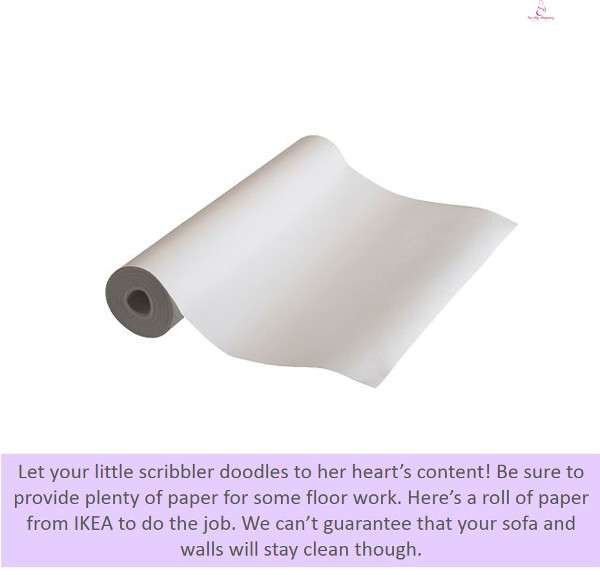
The activities are getting more exciting as your young toddler progresses in her growth and development. Every child is different and develops at different stages, thus, don’t stress out if your child is not showing interest in a certain activity. Try other simple activities that your child may enjoy and always acknowledge or encourage with a praise to reinforce a positive action. Learning and understanding your child can make a lot of difference before envisioning to take on a major leap in steering how things towards a certain direction. Your patience will certainly pay off!
Read more:
A Complete Guide To Playtime With Your Baby: 0 – 3 months
A Complete Guide To Playtime With Your Baby: 3 – 6 months
A Complete Guide To Playtime With Your Baby: 6 – 9 months
A Complete Guide To Playtime With Your Baby: 9 – 12 months
A Complete Guide To Playtime With Your Baby: 12 – 15 months
Written by Cindy Gan | Edited by Tan Yi Jun

